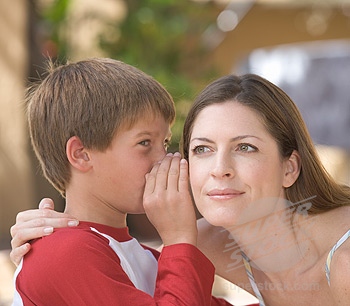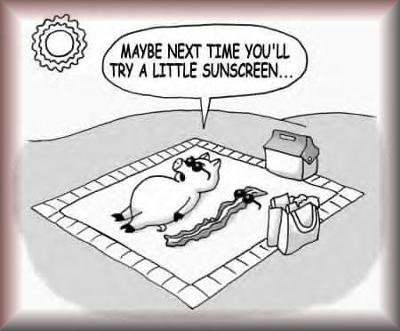Communication - the mediums, their advantages and disadvantages
by DilipKr Das
(Durgapur,West Bengal, India)
The project was related to communication. The task of the project was:
1. Giving a brief outline of communication. What is meant by the term? How do we communicate?
2. Give the name and picture of each medium/devices of communication. Phone, Postal mails/Snail mails, fax machines, telegraph,e-mail, cellphone, internet, Television, Radio,Hoardings, Banners, Leaflets, Cinema etc.
3. For each of such devices/mediums brief description was to be given.
4. Their specific advantages and disadvantages are to be explained in brief.
5. A conclusion is to be drawn by giving the 'Evolution and changes in the method of communication.'
Barry's Response - Good one, DD. What was the conclusion?
It's interesting to see how these communications have been used in weather reporting. Examples include the transfer of satellite and radar signals.
With the internet we see, now, more new ones over and above those listed. Most of these fall under the category - Voice over Internet Protocol (VOIP). Here, voice communications, with or without video, travel over the internet.
Providers include Skype, MagicJack, FaceTime and over a hundred others listed on this page - https://en.wikipedia.org/wiki/Category:VoIP_companies
As technology advances, weather communication methods are getting better. Here's what's new:
- WEAs: Short text messages sent to mobile phones in severe weather areas. Information about weather events, their severity, and what people should do to stay safe is provided by them.
- Meteorologists and weather organizations are increasingly using social media platforms like Twitter and Facebook to share weather information. Users can interact with meteorologists and other experts through social media, including photos and videos of weather events.
- Weather apps: Weather apps provide up-to-date weather info, like temperature, humidity,
- Using television and radio to disseminate weather info is broadcast meteorology. During severe weather, broadcast meteorologists provide detailed forecasts and safety info.
- The Automated Weather Station (AWS) collects weather data using sensors and other technology. Weather organizations use the data to create forecasts and alerts.
- Satellite imagery gives you a real-time look at weather conditions around the world. It is especially for tracking Hurricanes and tornadoes.
- We use weather balloons to collect data on atmospheric conditions, like temperature, humidity, and pressure. Weather organizations use the data to make forecasts and alerts.
- Sensor networks: These networks use sensors all over the place to collect weather data. Weather forecasts and alerts are created by analyzing the data at a central location.

Those are just a few of the advanced communication methods being used to get weather information into the forecast system and out to the public. It's only a matter of time before we see even more advanced methods. Here are some other weather dissemination methods:
- Models with high resolution: These provide detailed information about weather conditions using advanced computer models. Satellites, weather balloons, and other sources are used to make these forecasts.
- Internet of Things (IoT) devices: IoT devices, like weather sensors and smart home devices, can collect weather data and provide real-time updates. Custom alerts and forecasts can be created using this info.
- Mobile notifications: Many weather apps and services send personalized notifications based on your location. You can get alerts for severe weather, changes in weather conditions, and more.
Search this site for more information now.
Comments for Communication - the mediums, their advantages and disadvantages
|
||
|
||
Do you have concerns about air pollution in your area??
Perhaps modelling air pollution will provide the answers to your question.
That is what I do on a full-time basis. Find out if it is necessary for your project.
Have your Say...
on the StuffintheAir facebook page
Other topics listed in these guides:
The Stuff-in-the-Air Site Map
And,
Thank you to my research and writing assistants, ChatGPT and WordTune, as well as Wombo and others for the images.
GPT-4, OpenAI's large-scale language generation model (and others provided by Google and Meta), helped generate this text. As soon as draft language is generated, the author reviews, edits, and revises it to their own liking and is responsible for the content.



